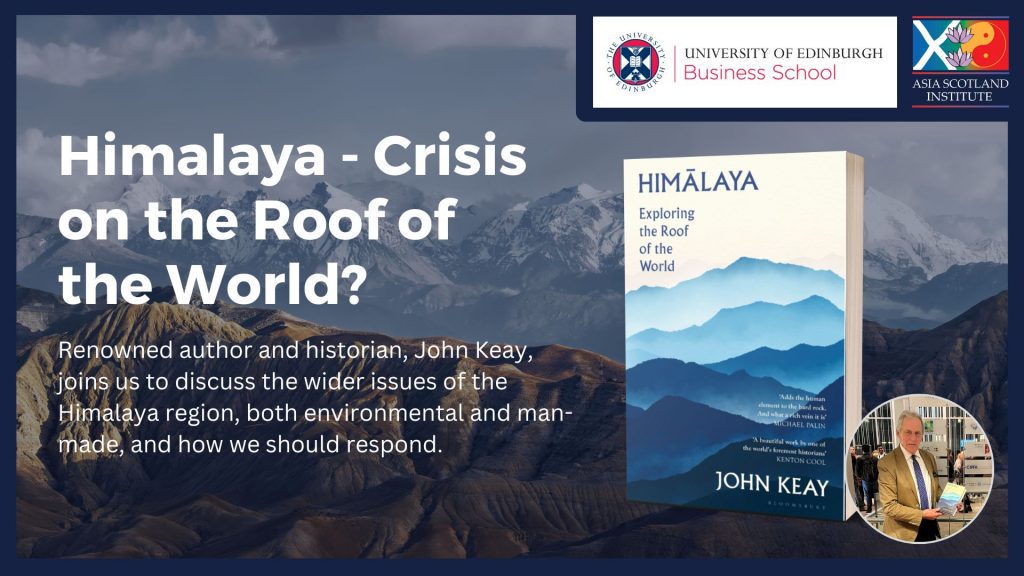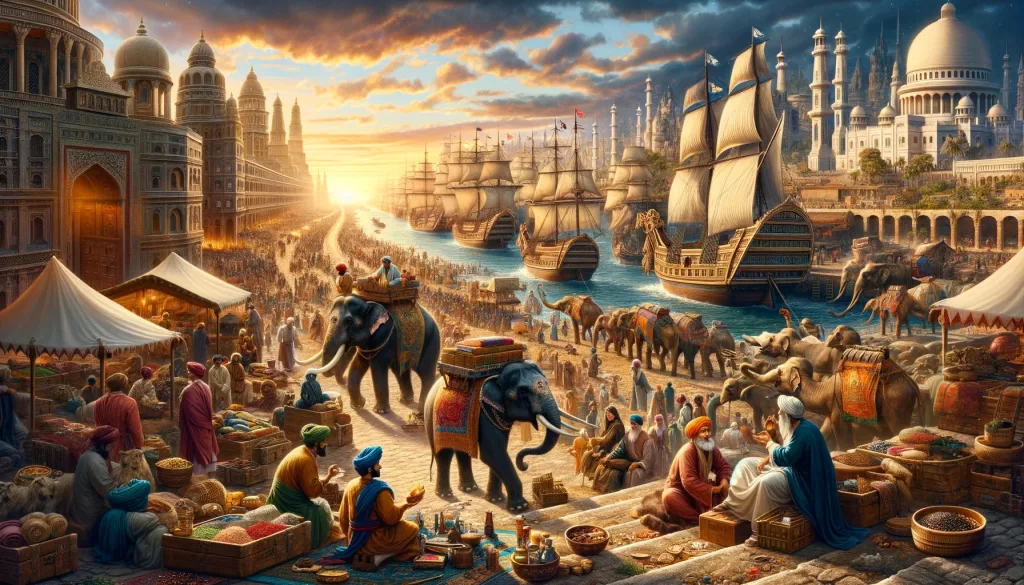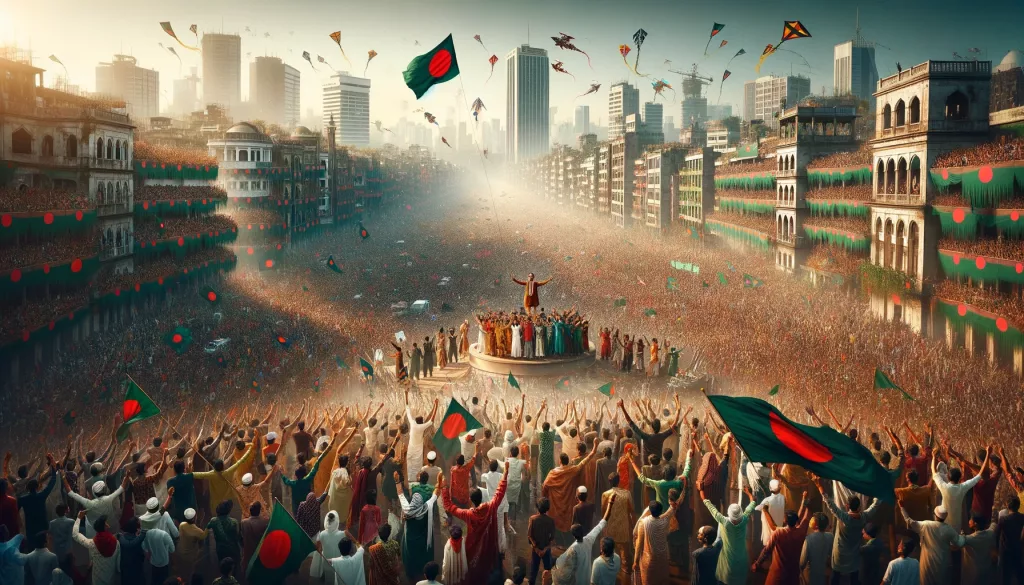Nepal’s National Day is a significant occasion that brings the entire nation together, fostering a sense of unity and patriotism. This article delves into the historical background, cultural importance, and modern celebrations of Nepal’s National Day. Whether you’re a Nepali citizen, a member of the diaspora, or someone interested in Nepali culture, this comprehensive guide will enlighten you on how Nepal celebrates this special day.
What is Nepal’s National Day?
Nepal’s National Day is a momentous occasion that holds a special place in the hearts of its citizens. Contrary to common misconceptions, Nepal has never been colonized, making its National Day distinct from the Independence Days celebrated by many other nations. Instead, this day serves as a commemoration of Nepal’s rich history, its sovereignty, and its unique cultural identity.
Historical Significance
The historical roots of Nepal’s National Day can be traced back to the unification of Nepal under the leadership of King Prithvi Narayan Shah. The day marks the successful efforts of the king and his army in uniting the various small kingdoms and principalities that once made up the region. This unification laid the foundation for modern Nepal, making National Day a celebration of the country’s formation and continued independence.
Symbolism and Rituals
The day is rich in symbolism, with the national flag taking centre stage in many celebrations. The flag, a unique double-pennant shape, is hoisted in homes, public buildings, and significant landmarks across the country. Traditional rituals, including offerings to ancestors and deities, are also an integral part of the day. These practices serve to connect the present with the past, honouring the sacrifices made by those who contributed to Nepal’s unity and independence.
Constitutional Importance
In the modern context, Nepal’s National Day also holds constitutional importance. It serves as a reminder of the democratic values and principles enshrined in the country’s constitution. Government officials often take this day to reiterate their commitment to upholding the rule of law, human rights, and democratic governance.
A Day of Reflection and Celebration
Above all, Nepal’s National Day is a day of reflection and celebration. It’s a time for Nepali citizens to look back on their history with pride, appreciate the cultural diversity that enriches their nation, and look forward to a future filled with promise and opportunity. Whether celebrated through grand parades or quiet family gatherings, the essence of the day remains the same: a tribute to the unity, resilience, and rich cultural heritage of Nepal.
Cultural Importance of Nepal’s National Day
The cultural importance of Nepal’s National Day cannot be overstated. It is a day that transcends geographical boundaries and ethnic divisions, serving as a unifying force that brings the diverse population of Nepal together.
Traditional Customs and Rituals
Nepal’s National Day is steeped in tradition, and these customs are an essential part of the celebrations. From lighting oil lamps and incense sticks to making offerings at temples, these rituals are more than just symbolic acts; they are a way to connect with Nepal’s rich cultural heritage. In many households, traditional Nepali music and dance are also integral to the day’s festivities, adding a layer of cultural richness to the celebrations.
Ethnic Diversity in Celebrations
Nepal is a melting pot of various ethnic groups, each with its unique traditions and ways of celebrating National Day. For instance, the Newars in Kathmandu may celebrate with their traditional dances and feasts, while the Sherpas in the Himalayan regions might mark the day with Buddhist prayers and ceremonies. The Tharu community in the Terai might have their own set of rituals and cultural performances. This diversity in celebration styles showcases the rich tapestry of cultures that make up Nepal.
Folklore and Storytelling
National Day is also a time for storytelling, where folklore and historical tales are passed down from generation to generation. These stories often revolve around themes of bravery, sacrifice, and unity, serving as a reminder of the values that are central to Nepali identity.
Art and Craftsmanship
The day is also an opportunity to appreciate Nepal’s rich artistic heritage. Many communities organize exhibitions and fairs showcasing traditional Nepali crafts, such as Thangka paintings, wood carvings, and handmade textiles. These artistic expressions serve as a testament to the skill and creativity that have been passed down through generations.
Culinary Traditions
No celebration is complete without food, and Nepal’s National Day is no exception. The day is marked by the preparation of traditional Nepali dishes like “Dal Bhat,” “Momo,” and various Newari cuisines. These foods are not just a feast for the palate but also a way to connect with Nepali culture and history.
Role of Temples and Religious Sites
Many Nepalis visit temples and other religious sites on National Day to offer prayers and seek blessings. These visits are not limited to any single religion or belief system, reflecting the religious diversity that exists within the country.
Cultural Preservation
In an age where modernisation threatens to overshadow traditional practices, Nepal’s National Day serves as a vital platform for cultural preservation. It is a day that encourages Nepalis, both young and old, to engage with their heritage, ensuring that these rich traditions are passed on to future generations.
Modern Celebrations of Nepal’s National Day
In today’s fast-paced world, traditions often undergo transformations, and Nepal’s National Day is no exception. While the day’s historical and cultural roots remain firmly in place, modern celebrations have added new dimensions that resonate with the younger generation.
Government’s Role in Modern Celebrations
The government plays a pivotal role in orchestrating grand celebrations that are both meaningful and visually spectacular. From military parades showcasing Nepal’s defense capabilities to cultural performances that represent the country’s diverse ethnic groups, the government ensures that the day is celebrated with pomp and grandeur. Special ceremonies are often held at significant landmarks like the Narayanhiti Palace Museum and the Rastriya Sabha Griha (City Hall), featuring speeches from political leaders and dignitaries.
Role of Media and Technology
In the digital age, media and technology have become indispensable tools for amplifying the celebrations. Television channels broadcast special programs, documentaries, and live coverage of events, making it possible for Nepalis around the world to partake in the festivities. Social media platforms buzz with hashtags like #NepalNationalDay, allowing people to share their celebrations and thoughts in real-time.
Youth Involvement
The younger generation brings a fresh perspective to National Day celebrations, often incorporating modern elements like flash mobs, contemporary music, and digital art installations. Schools and colleges organize essay competitions, debates, and quizzes focused on Nepal’s history and culture, encouraging students to engage with the significance of the day intellectually.
Community and Social Initiatives
Modern celebrations also see a surge in community and social initiatives. Many organizations use this day to launch social campaigns, conduct charity events, and organize community clean-ups. These activities not only celebrate the nation but also contribute to its betterment, aligning with the spirit of unity and collective responsibility that National Day embodies.
Virtual Celebrations
Given the global circumstances like the COVID-19 pandemic, virtual celebrations have gained prominence. Online webinars, virtual cultural performances, and digital exhibitions allow people to celebrate National Day without geographical constraints, making the day more inclusive than ever.
Fusion of Tradition and Modernity
What stands out in modern celebrations is the seamless fusion of tradition and modernity. While traditional rituals and customs continue to be observed, they are often complemented by contemporary practices, creating a celebration that honours the past while embracing the future.
Asia Scotland Institute and Nepal
We were honoured to be joined by renowned author and historian, John Keay, who was in discussion with the Asia Scotland Institute regarding his new book, ‘Himalaya – Exploring the Roof of the World’, and talking about the wider issues of the region.

History has not been kind to Himalaya. Empires have collided here, cultures have clashed. Buddhist India claimed it from the south, Islam put down roots in its western approaches, Mongols and Manchus rode in from the north, and, from the east, China continues to absorb what it prefers not to call Tibet. Hunters have decimated its wildlife and mountaineers have bagged its peaks.
Today, machinery gouges minerals out of its rock. Roughly the size of Europe, the region is one of the most seismically active on the planet. Summers bring avalanches, rainfall triggers landslides and winters obliterate trails. Glaciers retreat, rivers change course and whole lakes quietly evaporate. To some, Himalaya is an otherworldly realm, profoundly life-changing, yet forbidding and forbidden. It has mesmerised scholars and mystics, sportsmen and spies, pilgrims and mapmakers who have mingled with the farmers and traders on the ‘Roof of the World’. Himalaya is the story of one of the last great wildernesses and, in particular, of the bizarre discoveries and improbable achievements of its pioneers.
Ranging from botany to trade, from the Great Game to today’s geopolitics, John Keay draws on a lifetime of exploration and study to enlighten and delight with this lively biography of a region in crisis.




